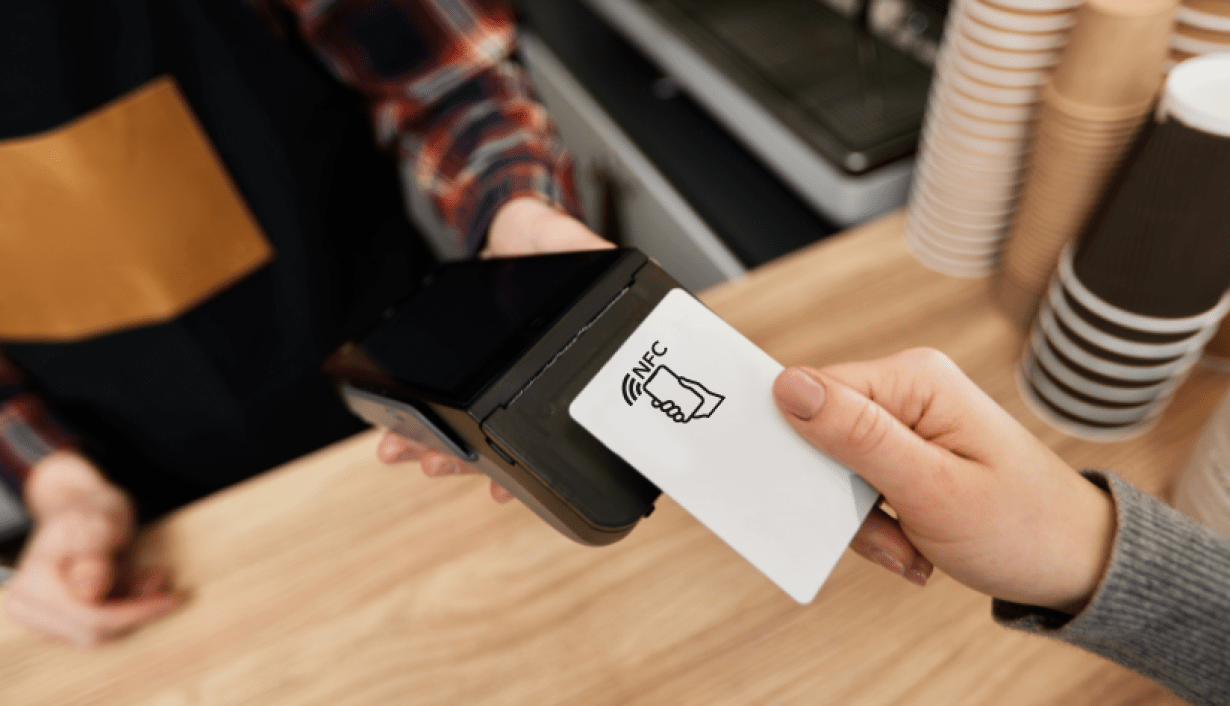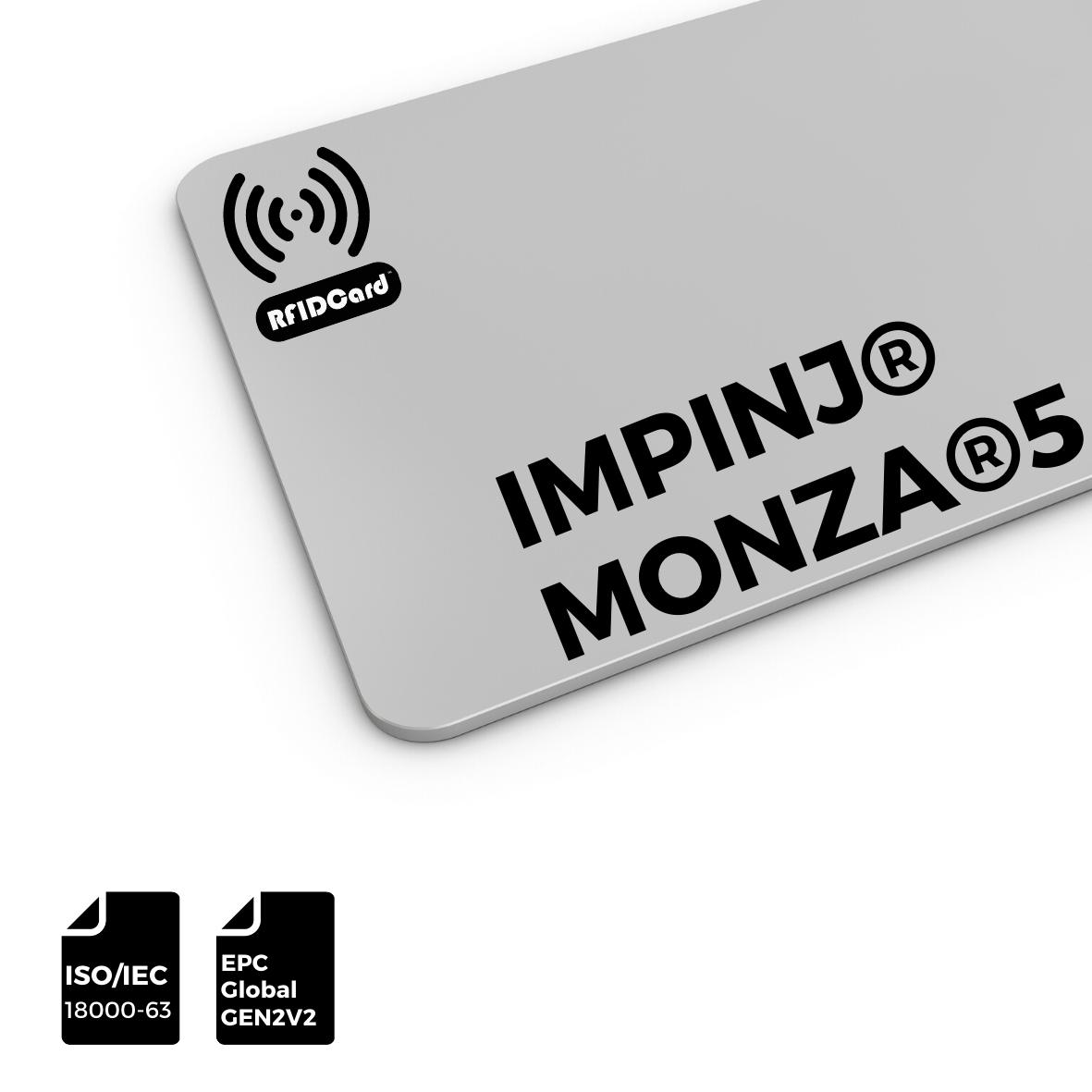
Smart cards are essential in today’s digital world and can be used in a variety of industries such as banking, authentication, and access control. They are mainly of two types: contact and contactless. This article explores the differences between these smart cards to help you decide which is better for your needs.
What is a smart card?
A smart card is an integrated circuit card that can store and process data. It can be used for authentication, payment, access control, etc. Smart card can be divided into contact and contactless types based on the interaction between the smart card and the card reader.
Contact smart card
Contact smart card is like the credit cards we usually use, and need to be inserted into the card reader to exchange data. These cards have some metal contacts that must be in contact with the metal contacts of the card reader to complete the data reading and writing operations.
Advantages
High security: Because physical contact is required, data transmission is more secure and not easily intercepted by others, which is suitable for occasions with high data security requirements.
Large-capacity data storage: Contact smart cards have high-capacity data storage capabilities, which are very suitable for scenarios that need to store large amounts of information, such as banking and security identification.
Disadvantages
Wear: Since this card needs to be frequently inserted and removed during use, its metal contact points are easily worn, affecting the service life of the card, and sometimes new cards need to be replaced regularly.
Inconvenient: When using contact smart card, you need to insert the card into the card reader, which may be slower and less convenient than a contactless smart card.
Common applications
Banking and finance: Contact smart card is widely used in the field of credit and debit cards for secure payments and transactions.
Identity verification: Contact smart card is also commonly used for identity verification, such as electronic ID cards and social security cards, which are used to verify identity information and store personal data.
Enterprise access control: In enterprise access control systems, contact smart cards are used as access control cards for employees and visitors to ensure the security and reliability of the access control system.
Contactless smart card
Contactless smart card is smart card that can exchange data without physical contact. They communicate by using radio waves, contain embedded antennas and chips, and use RFID (radio frequency identification) technology to achieve data transmission. Since RFID (Radio Frequency Identification) technology is the key to contactless smart card to achieve data transmission, contactless smart cards are often referred to as RFID cards.
Advantages
Convenience: There is no need to insert the card into the card reader, just bring the card close to the card reader for fast data exchange, which is more convenient to operate.
Durability: Since there is no need for physical contact, contactless smart cards are less susceptible to wear and tear and have a longer service life.
Fast data transmission: Contactless smart cards have a fast data transmission speed and are very suitable for occasions that require fast transactions, such as public transportation and retail payments.
Disadvantages
Limited Data Storage: Contactless cards typically have limited memory compared to contact cards, which can restrict the amount of data that can be stored on the card.
Interference Issues: Contactless cards can sometimes experience interference from other electronic devices, which can affect their functionality and reliability.
Common Applications
Public transportation: Subway and bus ticket cards often use contactless smart card technology, which is convenient for passengers to swipe cards quickly to enter and exit the station.
Access control systems: Contactless smart card is commonly used in access control systems for office buildings and residential areas to provide secure access management.
Retail payments: Payment cards that support NFC (near field communication) technology are a typical application of contactless smart cards, allowing users to quickly complete payments through mobile phones or cards.
Conclusion
The choice between contact and contactless smart cards depends on specific application requirements and environments. Contact smart cards excel in high-security and high-data storage scenarios, while contactless smart card offers convenience and durability advantages. When choosing between contact and contactless smart card, consider your application scenarios, user needs, and technical features to ensure optimal performance.
In short, smart cards play a vital role in various industries, providing convenience and security for tasks such as banking, authentication, and access control. Understanding the differences between contact and contactless smart card can help you choose the right smart card for your needs. Whether you prioritize security and data storage capacity or convenience and durability, there is a smart card option that fits your requirements.

RFID Card IMPINJ®UHF MONZA®5
![]()
Blank or customized printing RFID card with choice of dimensions available. Monza®5 conforms to the EPC global Class 1 Gen 2 & ISO-18000-6C compliance, which optimized for serializing items such as apparel, cosmetics, documents and jewelry etc.

RFID Antenna UHF
15-Meter Cable for UHF RFID Fixed Reader
UHF Tag
4″x2″ 860-960MHz UHF RFID Label RFID M4D
UHF Tag
4″x4″UHF RFID Label Alien H3 | ISO18000-6C
RFID Antenna UHF
5-Meter Cable for UHF RFID Fixed Reader
HF Card
ABS RFID KEY-FOB Tag RFID Classic 1K
HF Card
ABS RFID KEY-FOB Tag RFID Classic 4K
HF Card
ABS RFID KEY-FOB Tag RFID Ultralight C
HF Tag
ABS RFID KEY-FOB Tag RFID Ultralight EV1
LF Card
ABS RFID KEY-FOB Tag ATA5577
LF Card
ABS RFID KEY-FOB Tag EM4200
HF Card
ABS RFID KEY-FOB Tag EM4305
HF Card
ABS RFID KEY-FOB Tag RFID TAG 213